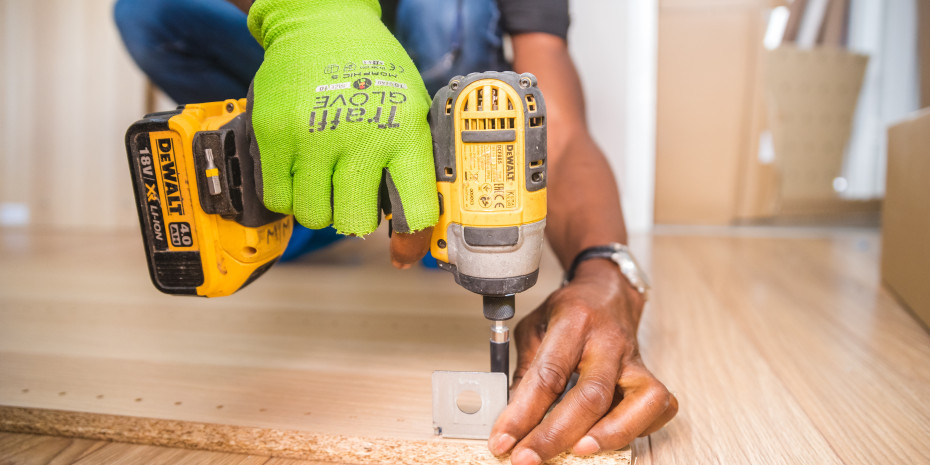Consider for a moment a customer who purchases a faucet at a DIY retail store and goes home to install it themselves. What happens if the customer is unable to install properly? If, for example, the faucet is leaking and the customer cannot get it to stop? For industry professionals, there are many relevant questions that may come to mind…
1. Who do they turn to in order to get it installed properly? Do they find a friend to install it? Hire a professional plumber? Go to the retailer for installation services?
2. If they hire an independent plumber, do they return the faucet to the retailer and instead go with a brand suggested by the installing professional?
3. Does the fact that they have tried and failed a DIY solution affect their satisfaction with the faucet manufacturer? With the retailer who sold it? Or with the plumber who eventually installs it correctly?
Recent trends (rising inflation, increased time spent at home, better access to tools and information, etc.) have increased DIY engagement across various product categories. This engagement is not just on the part of seasoned DIYers taking on projects in their current areas of expertise. Rather, the industry has also seen an increase in more novice and first-time DIYers, especially among younger consumers. While this presents opportunities for retailers to expand sales in general, and to target new demographics, it can also create problems. Specifically, when inexperienced DIYers attempt projects, or when experienced DIYers attempt projects in new domains, many of these attempts are unsuccessful. For example, a quick Internet search for “DIY Fails” yields thousands of cringeworthy, albeit humorous, results. These DIY failures can have negative outcomes for consumers (frustration, anger, increased costs, etc.), and for DIY retailers and manufacturers (product returns, blaming the failure on faulty materials, etc.).
Based on these consequences of DIY failure, one might assume the industry would be better off if customers better understood their DIY capabilities, and only attempted projects for which they had a reasonable chance of success. However, this may not always be the case. In recent research, my colleague (Jamie Hyodo, Assistant Professor of Consumer Behaviour at Western University) and I studied customer experiences of DIY failure that resulted in them hiring a professional to do the job. In other words, we asked: “what happens when consumers fail at do-it-yourself, and subsequently shift to…









